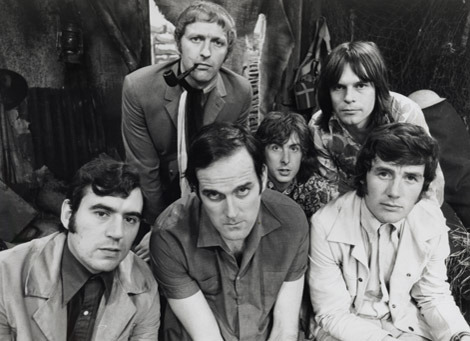Over on Purchasing Insight, your blog-master extraodinaire, Pete Loughlin, recently ran a two part series on Analyzing InDirect Spend (Part I and Part II) from Michael Wydra of REL Consultancy.
In his two-part series, Michael correctly notes that it is often the case that indirect spend areas provide higher improvement potential that is often easier to realise. For most companies, this is non-strategic spend that is easy to overlook, but the lack of oversight often results in these categories not being managed in a professional manner, resulting in a lack of visibility and control. This can be very costly to a company as indirect spend typically accounts for 13.5% to 22% of revenue, depending on the industry. (If indirect spend is 20% of revenue, and the savings opportunity is 10%, the organization can quickly shave 2% off of the top by tackling indirect spend. If direct spend has been carefully managed for years, chances are the direct spend savings opportunity is only 3%. Even if direct spend is 50% of total spend, that indicates that the total savings opportunity on direct spend is a mere 1.5%, making indirect spend more valuable.)
According to Michael, the first step on getting a handle on indirect spend is a proper spend analysis — which might indicate that the spend is spread over thousands of suppliers with a high number of different payment terms, which adds an additional layer of complexity (that is often not necessary). One of the reasons this is important is that, on average, 12% of negotiated savings on indirect spend categories is lost because contracted rates were not adhered to.
This spend analysis should identify opportunities for cost reductions that are sustainable and that facilitate monitoring spend, improve supplier relations, lower transaction costs, and align service levels. If the right opportunities are identified, and the right programs are put in place, a company can become world-class in indirect spend management — and realize, on average, 45% lower indirect procurement process costs than its peers in addition to lower product and service costs.
Sometimes savings opportunities will be obvious — a dozen different suppliers across the country for janitorial supplies when one will suffice, no contract for toner cartridges and no standardization on office printers to allow bulk buys, and temp labour not measured against standard rate cards. But some opportunities will be less obvious — such as two of twelve offices, in the top four spenders, not switching to the new cell plan and overspending by tens of thousands, not matching invoices to rate cards for IT services, and not capturing the annual rebates from the office supply vendors. To find these opportunities, you have to dig, dig, dig — just like an archaeologist.

